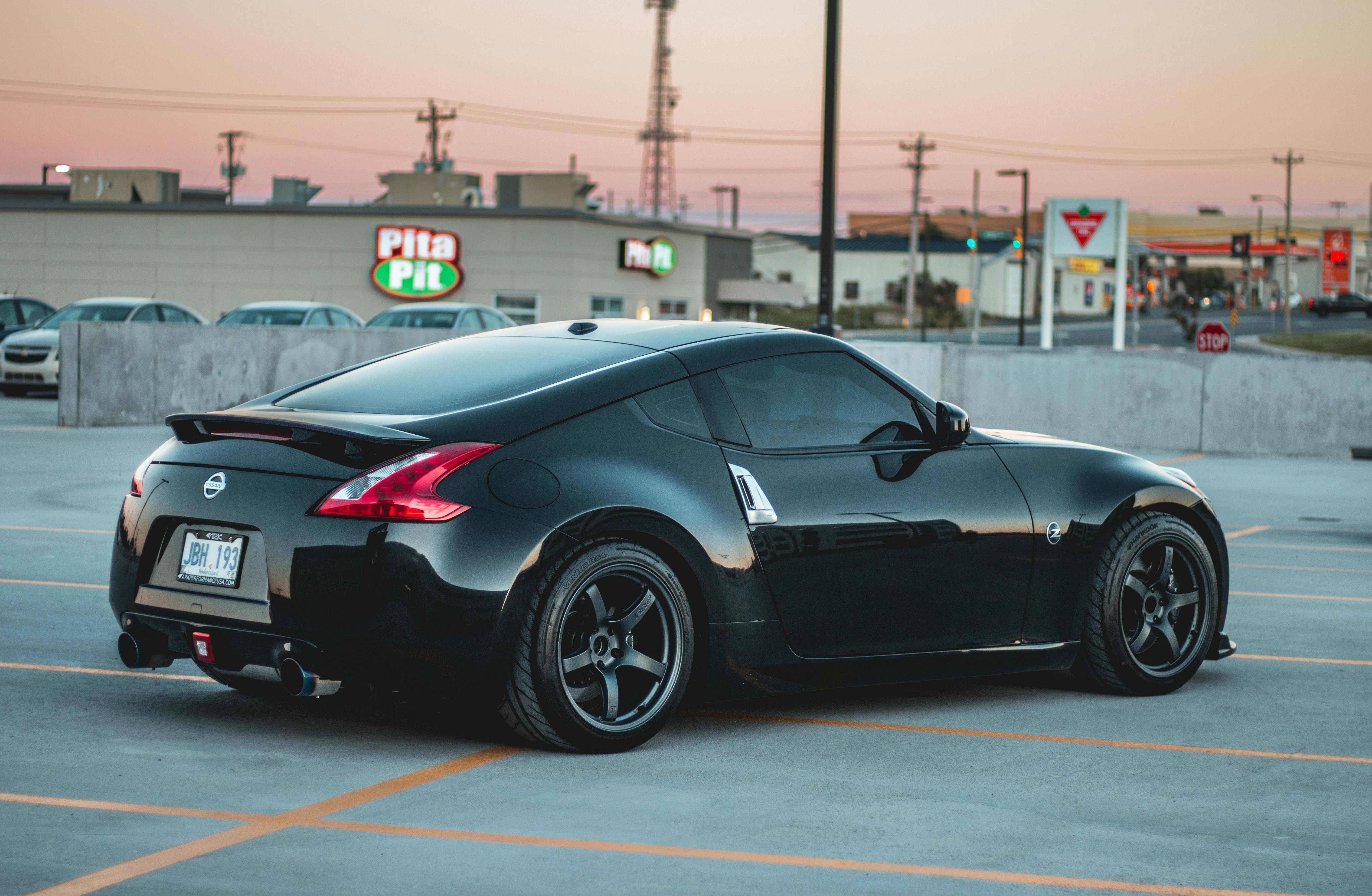
Horse Racing: Racing Systems And Their Different Degrees Of Efficiency
Horse racing and the different degree of efficiency of handicap systems is what Disadvantage he is constantly testing and searching. This is to find the(s) with the perfect fit for your mission and goals. But the perfect fit for what exactly? Bet Types (exact, high five, choose 3, etc.), clue(s) played, field size (6-12 field sizes), etc Careers come in all shapes, sizes, and complexities. It is a difficult game to master and it is not easy. There are the basic systems: class, form, pace, speed, jockey, trainer, last allowed odds, last race days, practice, track bias, etc. There are several thousand angles and sub-angles to deal with.
There is no handicap system or method that does everything in one. There is no such thing and there is simply no such thing. That’s why basic systems have limitations but are still good. In virtually all cases, two or more basic elements are needed together to get winning power out of these systems. Not only that, but basic handicap systems have different strengths and different weaknesses for each type of bet, each in the money position gold ITM position (winner, place, show, fourth and fifth place) and each field size.
So one of the best ways to find the best handicap method or system is to go for the advanced handicap levels. With the more advanced levels, there are ways to try just about every basic and/or sub-basic and combination of complex angles and sub-angles side by side and see them for what they are. Which is to be able to compare them in a simple statistical way and choose the(s) for specific purposes of bet types, field size and ITM position. This means that every time you pick, pick and choose a horse(s) then you have classified that horse.
This is when any system or method is used and each horse has a rank number based on the size of the field. Field size is how many horses are physically on the track when the race starts. Once you sort by any system and use those specific methods with no change each time to disadvantage with field size, you’ll have an idea of what it looks like.
There are many angles like:
(1) down in class but good speed in a higher class.
(2) the cheaper the race, the better the downgrade will benefit.
Also: (3) a good jockey who is being traded today.
(4) look for the fastest 1/2 mile horse, if any.
(5) jumping into class from a lower class horse can be a trainer move today.
(6) good horse bred on the same track constantly.
There are hundreds of others to try for specific reasons. This is partly what happens with racing systems and their varying degrees of efficiency.